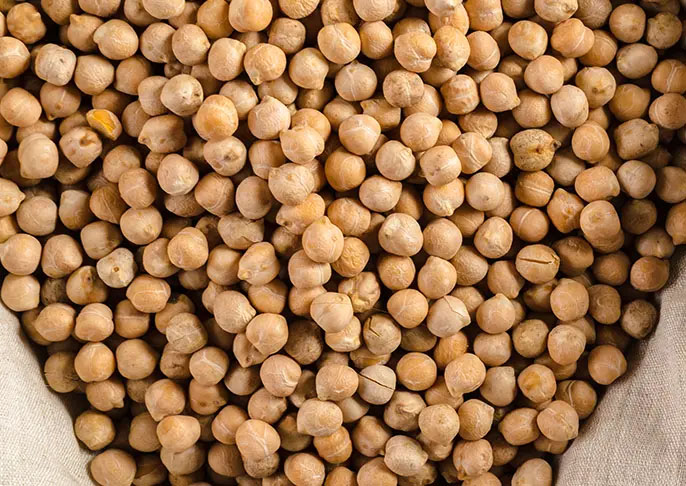- Home
- About
-
Our Products
- Grains
- Oil seeds
- Meals
- Oils
- Derivate
- UBM Group
- UBM Community
- Press
- Contact

After a year, 2019 that prevented American farmers from sowing the desired areas of soybeans, this campaign offers optimal conditions for US production to return to the record of the 2018/2019 agricultural year.
According to a survey of 13 crop analysis agencies, each presenting its own data before the influential report issued by the US Department of Agriculture - WASDE - the area to be harvested in the fall of 2020 could return to approx. 33.6 million hectares from 30.3 million last year.
Considering a favorable scenario for crop development, production per hectare for US soybeans could be 3.35 tons, up to 5% compared to 2019 and resulting in a total production of 112.6 million tons. For next year, the same agencies also estimate that the end-of-year stocks (i.e. September 2021) will be slightly lower than this year, amid intensified exports. Final stocks are estimated at about 11 million tons in the United States.
The above figures suggest an optimistic scenario which in the first phase of the US-China trade agreement will be completed, despite the new scandal arising from the COVID-19 pandemic, where Trump accuses the leaders of the world's second largest economy of poor management against fighting and spreading the virus.
Another important factor is the production forecasts for the South American continent in 2021, which, although rare, predict an even higher harvest than the current one, the pre-test pressure is still directed towards North American farmers. As proof, the main reference stock exchange for soybeans - Chicago Board of Trade (CBOT) - shows signs that the current level of trading will be difficult to maintain in the next period, the downward trend being inevitable.
Returning to the southern hemisphere, a line is drawn after the end of the harvest in Brazil and the figures indicate a total production of 123 million tons, 1.5 million lower than the most optimistic scenario but without a doubt, an absolute record. In Argentina, the harvest is somewhere around 75% of the total, with a small production cut of 400,000 tons, bringing the total to 51.6 million (or just under 50 million according to other agencies).
The end-of-year stocks 2019/2020 (September 2020), including all three major producers (USA, Brazil and Argentina), are slightly higher than last year, totaling 101.3 million tons. However, for 2020/2021, total stocks in September are estimated at about 150 million tons, amid North American optimism to increase export flows.
As you can see, when it comes to soy, we are talking about increasing production and the unknown is behind the consumer industry. Can the downstream industry process larger quantities immediately after or even during the COVID-19 pandemic? Obviously, we can't answer yet because we haven't faced this scenario before. But we can explain some connections:
Only a few examples that can explain the connections that maintain a global balance of supply and demand and implicitly the price in certain reasonable times that do not upset any of the industries, neither the producing nor the consuming one. Probably a farmer afflicted by this year's severe drought will not be able to believe that the single ton of wheat produced per hectare is not worth even 200 euros.
It is equally likely that most of us, too, cannot believe that the surplus of a product such as soybeans could lead to a chain reaction to regulate the price of cereals. Let's not forget that most cereals and oilseeds worldwide are produced for fodder and not human consumption. As long as international flows are free, a surplus area will solve the deficit problem and the balance will be maintained.
Source: Agricensus / Reuters
Author: Leonardo Lambrea – Head of Trade – Ubm Agri Trade
Date of the article: 12.05.2020